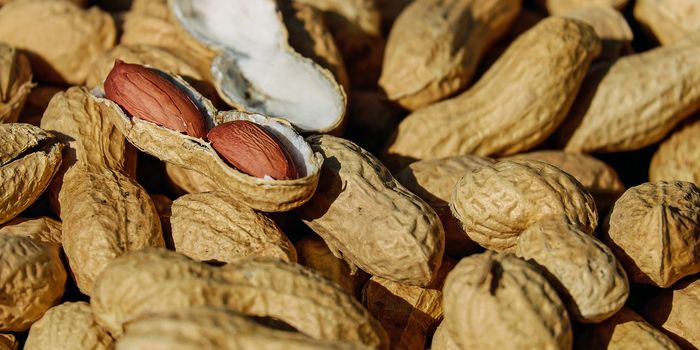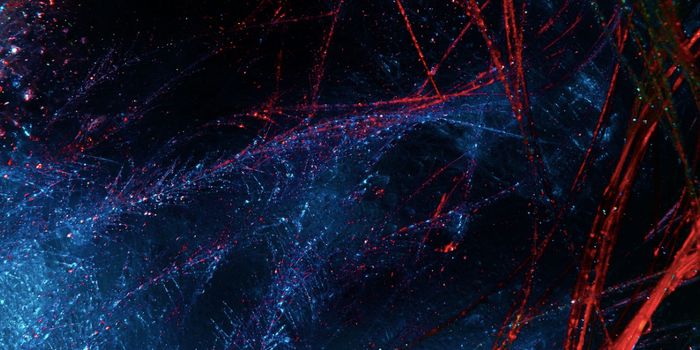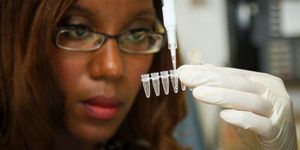Humanized Mice Reveal the Origins of Lung Immune Cells
Viruses such as coronaviruses can be transmitted when an infected person coughs, sneezes, or talks. Cells called macrophages patrol the respiratory tract, alerting the immune system to the earliest sign of a potential pathogenic invader, thereby protecting us from such threats.
Lung macrophages play a central role in maintaining the health of the respiratory tract. They guard against microorganisms and inhaled particulate matter and aid in the repair of lung tissue. Given how essential they are to safeguarding one of the most accessible entry points for pathogens, lung macrophages begin to infiltrate lung tissues even in the womb. However, the mechanics of this process during fetal development have eluded scientists.
A major barrier is the lack of an experimental model: using pregnant mothers as test subjects is limited due to safety and ethical considerations.
Researchers at the Karolinska Institutet have made a breakthrough in the field. Thanks to a first-of-its-kind research model using genetically-engineered 'humanized' mice, the team discovered two distinct pathways involved in lung macrophage development.
The first involves precursor cells already present in the liver of the developing fetus. Next, these precursor cells migrate out of the liver and enter the bloodstream after birth, eventually landing in their new home, the lungs. Here, growth factors and other chemical signals trigger their maturation into specialized lung macrophages.
"The second type of development occurs later in life," explained study lead, Tim Willinger. "At that point they develop from adult precursor cells, so-called monocytes, which are found in the blood."
Do lung macrophages from these two origins have different functions? Yes, reveals the findings from the study, which shows that the so-called fetal precursor cells are adapted to quickly eliminate inhaled particles and airborne microorganisms. On the other hand, lung macrophages originating from adult precursor cells are geared more towards fighting viruses, as they are strongly activated by an immune chemical called interferon.
This and other recent findings in the field are expanding our understanding of the complex networks orchestrating the development and function of lung macrophages. Armed with this knowledge, researchers can now work towards advancing clinical strategies for managing respiratory infections and other conditions that result in injury to lung tissues.









